Ace Your Game: 5 Dynamic Techniques to Skyrocket Self-Confidence on the Pickleball Court
Step 1: Practice with Purpose – Building Confidence Through Targeted Training
Consistent and purposeful practice is a foundational element in improving your pickleball skills and nurturing self-confidence1[“Self-confidence is the belief in one’s abilities and value, leading to a positive and assured attitude towards oneself and life.”] on the court. By focusing on specific aspects of the game, dedicating time to targeted practice sessions, and tracking your progress, you can witness tangible improvements and boost your belief in your abilities.
Identify Areas for Improvement:
Begin by assessing your pickleball game and identifying areas where you feel less confident or need improvement. This could include serves, volleys, dinking (soft and controlled shots near the net), footwork, or any other aspect of the game that you find challenging.
Set Clear and Measurable Goals:
Once you’ve identified the areas for improvement, set clear and measurable goals for each aspect. For example, if your serves lack consistency, set a goal to achieve a certain percentage of successful serves during practice sessions.
Focus on Targeted Practice Sessions:
Design practice sessions that revolve around improving the specific skills you’ve identified. Allocate time to work on each aspect individually, ensuring focused attention and deliberate practice.
Seek Feedback and Guidance:
During your targeted practice sessions, seek feedback from experienced players, coaches, or mentors. Their insights and constructive criticism can provide valuable guidance to refine your techniques and boost your confidence.
Track Your Progress:
Keep a record of your practice sessions and progress in each targeted area. Note improvements and accomplishments to monitor your growth over time. Seeing your efforts translate into measurable progress can be a powerful confidence booster.
Celebrate Achievements:
Celebrate your achievements, no matter how small they may seem. Recognize your hard work and improvements in the targeted areas, and acknowledge the effort you’ve invested in becoming a better pickleball player.
Embrace Challenges and Stay Committed:
Remember that improvement and building confidence take time and effort. Embrace challenges as opportunities for growth and stay committed to your practice routine. Consistency and perseverance are key to achieving long-term progress and self-assurance.
Replicate Success in Game Situations:
As you see progress and improvement in your targeted practice areas, transfer those skills to real game situations. By replicating your successes in matches, you’ll reinforce your confidence and feel more comfortable executing those techniques under pressure.
Step 2: Visualize Success to Boost Self-Confidence on the Pickleball Court
Visualization is a powerful mental technique that athletes use to enhance their performance and build self-confidence. In the context of pickleball, visualizing success involves mentally rehearsing successful shots, precise serves, and winning points before actually stepping onto the court. This technique allows players to program their minds to believe in their abilities, leading to increased self-confidence during real gameplay. In this section, we will explore the concept of visualization and how it can be effectively applied in pickleball.
Understanding Visualization in Pickleball
Visualization, also known as mental imagery or mental rehearsal, involves creating vivid mental images of successfully executing various aspects of pickleball gameplay. It is not merely daydreaming but a purposeful and focused practice that engages multiple senses, such as sight, sound, and touch. When done correctly, visualization can activate the same neural pathways in the brain as actual physical practice, leading to improved performance and increased self-confidence.
How to Practice Visualization in Pickleball
To effectively practice visualization in pickleball, follow these steps:
- Find a Quiet and Relaxing Space: Begin by finding a quiet and comfortable place where you can sit or lie down without distractions. Close your eyes to block out visual stimuli and focus solely on your imagination.
- Create a Detailed Mental Scene: Imagine yourself stepping onto the pickleball court. Picture the court, the net, the surroundings, and even the feel of the pickleball in your hand. Create a detailed mental scene to make the visualization as realistic as possible.
- Visualize Specific Actions: Now, focus on specific actions in your pickleball game. See yourself executing perfect shots, hitting accurate serves, and strategically placing the ball to win points. Imagine the ball’s trajectory, the sound it makes upon contact, and the feeling of satisfaction after a successful shot.
- Engage Your Emotions: As you visualize success, engage your emotions and feelings. Feel the surge of confidence, joy, and excitement as you perform at your best on the court. Emotionally connecting to your visualization reinforces positive beliefs about your abilities.
- Repetition and Consistency: Practice visualization regularly, ideally before each match or practice session. Repetition and consistency are key to reinforcing the positive mental images and building self-confidence over time.
Benefits of Visualization in Pickleball
Visualization offers numerous benefits to pickleball players:
- Increased Self-Confidence: By visualizing successful performances, players build self-confidence and belief in their abilities. This heightened confidence translates to better on-court performance.
- Improved Focus and Concentration: Visualization enhances focus and concentration during actual gameplay, as players have mentally rehearsed the desired actions and outcomes.
- Reduced Performance Anxiety: Regular visualization can help reduce performance anxiety and nervousness, allowing players to perform more calmly and effectively.
- Enhanced Muscle Memory: Visualization can contribute to improved muscle memory, as the brain perceives the imagined actions as real experiences, reinforcing neural connections for better physical execution.
Step 3: Focus on Past Successes
Focusing on past successes is a powerful technique to boost self-confidence on the pickleball court. By reflecting on previous achievements and positive experiences, players can draw confidence from their past performance and use it as a source of motivation and belief in their abilities.
Reflect on Past Successes
Take time to think back on your pickleball journey and recall instances where you performed exceptionally well. These successes can range from winning matches to executing specific shots with precision or displaying good sportsmanship. Reflect on the moments that brought you joy and a sense of accomplishment in the game.
Embrace Small Achievements
Don’t discount small achievements or victories. Even if they seem minor, they still contribute to your overall growth as a player. Whether it’s successfully executing a difficult shot, winning a close game, or receiving praise for your effort, each positive experience plays a role in shaping your confidence.
Celebrate Achievements
Celebrate your past successes to reinforce their significance. Acknowledge your hard work, dedication, and progress that led to those achievements. Celebration creates a positive emotional connection to your accomplishments, making them more memorable and meaningful.
Use Successes as a Reminder
Recall these past successes regularly, especially before stepping onto the pickleball court. Use them as a reminder that you have the skills and potential to perform well. Remind yourself that you’ve overcome challenges in the past and that you are capable of doing so again.
Draw Confidence for the Present
By drawing confidence from your past successes, you create a positive self-image as a capable and skilled pickleball player. This confidence can translate into improved focus, composure, and decision-making during matches. When faced with challenging situations on the court, your belief in your abilities will help you stay resilient and perform at your best.
Overcoming Self-Doubt
Reflecting on past successes is an effective way to counter self-doubt. When self-doubt creeps in, remind yourself of the times when you succeeded, when you achieved your goals, and when you displayed excellence on the court. This positive reinforcement helps silence the negative inner voice and replaces it with self-assurance.
Step 4: Positive Self-Talk: Boosting Confidence through Encouraging Thoughts
Positive self-talk is a powerful psychological technique that can significantly impact your confidence and performance on the pickleball court. The way we speak to ourselves internally during matches can influence our mindset, emotions, and ultimately, our playing ability. By consciously replacing self-doubts and negative thoughts with positive affirmations, you can shift your mental state and foster a strong sense of self-confidence, even in challenging situations. In this step, we’ll explore the importance of positive self-talk and how to implement it effectively during pickleball matches.
Recognizing Negative Self-Talk
The first step in using positive self-talk is recognizing when negative self-talk occurs. Negative self-talk can take various forms, such as self-doubt, self-criticism, or focusing on past mistakes. These thoughts can undermine your confidence and create unnecessary pressure during the game. Being aware of these negative thoughts is crucial to transforming them into positive and empowering statements.
Replacing Negative Thoughts with Positive Affirmations
Once you identify negative self-talk, consciously replace it with positive affirmations. Instead of telling yourself, “I can’t do this” or “I’m not good enough,” switch to encouraging statements like “I am capable” or “I’ve got this.” Positive affirmations instill a sense of self-belief and competence, reinforcing your confidence on the court. Repeat these affirmations silently or out loud during the game to internalize them effectively.
Affirming Your Strengths and Abilities
Another aspect of positive self-talk involves acknowledging and affirming your strengths and abilities. Remind yourself of the skills and qualities that make you a capable pickleball player. For example, if you have a strong serve or a precise volley, focus on these attributes and use them to your advantage during the match. Recognizing your strengths boosts your confidence and reminds you of the unique assets you bring to the game.
Embracing a Growth Mindset
Positive self-talk is closely linked to having a growth mindset—a belief that skills and abilities can be developed through effort and learning. Embrace the idea that you can continually improve as a pickleball player. View challenges as opportunities for growth rather than insurmountable obstacles. By maintaining a growth mindset, you can approach the game with a positive attitude and a willingness to embrace the learning process, which contributes to enhanced self-confidence.
Encouraging Yourself Throughout the Game
During intense moments on the court or when facing tough opponents, continue to encourage yourself through positive self-talk. Remind yourself that you are capable and well-prepared for the challenges ahead. Use positive affirmations to reinforce your confidence and maintain focus during crucial points. Self-encouragement can help you stay composed, resilient, and motivated throughout the game.
Step5: Learn from Setbacks: Embracing Growth through Challenges on the Pickleball Court
In any sport, including pickleball, setbacks and mistakes are natural occurrences. Instead of viewing these setbacks as failures, it’s crucial to see them as valuable learning opportunities that can lead to growth and development. Embracing setbacks with a positive mindset and using them to your advantage can enhance your skills, build resilience, and boost self-assurance on the pickleball court. In this section, we will explore the importance of learning from setbacks and how it can positively impact your pickleball journey.
Embrace Setbacks as Learning Opportunities
The first step in learning from setbacks is to embrace them as opportunities for growth. Accept that mistakes and setbacks are part of the learning process in sports. Avoid dwelling on negative emotions like frustration or disappointment and instead shift your focus to the potential lessons you can gain from the experience.
Analyze Mistakes Objectively
Once you’ve embraced setbacks, the next step is to analyze your mistakes objectively. Take a step back and review the situation without self-judgment. Identify the specific areas where you encountered challenges or made errors during the game. Be honest with yourself and avoid assigning blame to external factors.
Identify Areas for Improvement
After objectively analyzing the mistakes, identify the specific areas for improvement. Pinpoint aspects of your game that may need attention, such as footwork, shot selection, strategy, or mental focus. By identifying these areas, you can create a plan to address them and work on honing your skills.
Use Setbacks as Stepping Stones for Growth
View each setback as a stepping stone for growth and development. By acknowledging and learning from these experiences, you are setting the foundation for improvement. Embrace the opportunity to challenge yourself to become a better player and use setbacks as motivation to keep pushing forward.
Develop Resilience and Self-Assurance
Learning from setbacks and bouncing back from challenging situations builds resilience, a valuable trait on the pickleball court. Resilience allows you to stay composed and maintain confidence even when facing tough opponents or difficult matches. As you navigate setbacks with a positive attitude, you’ll develop a sense of self-assurance that enhances your overall performance and mindset on the court.
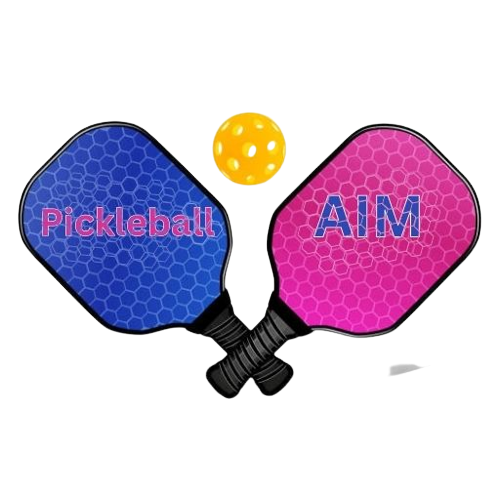
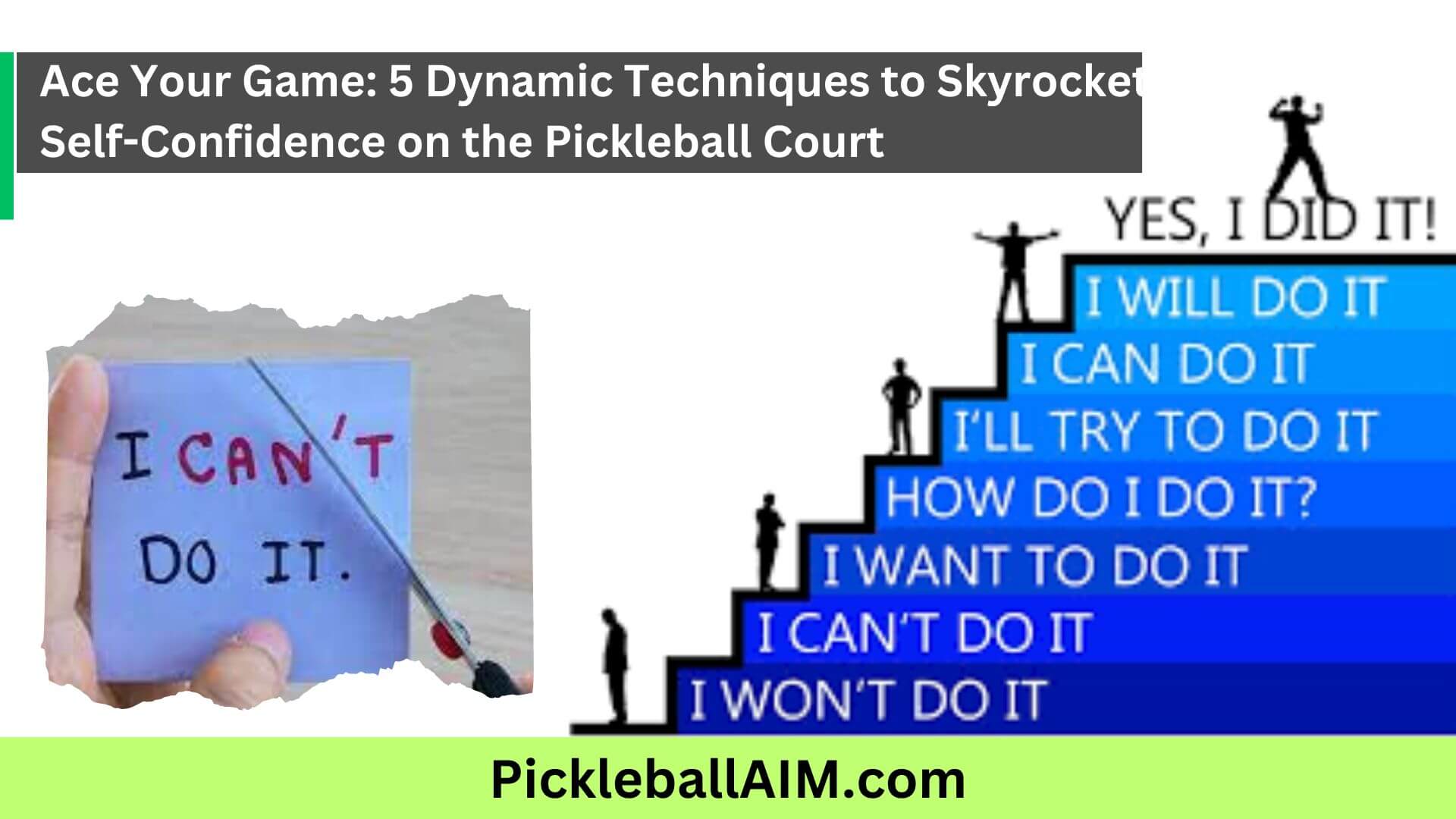
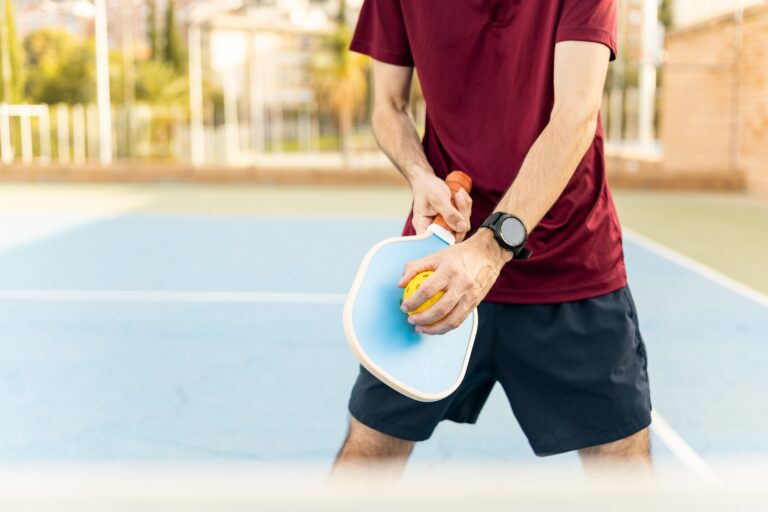
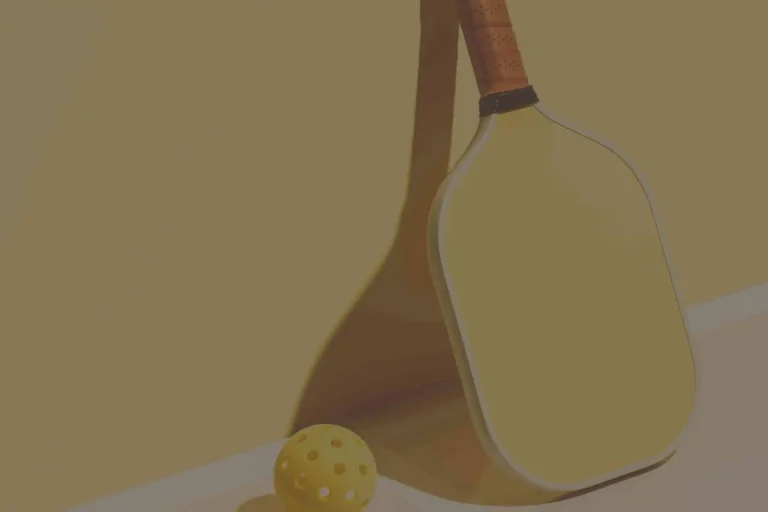
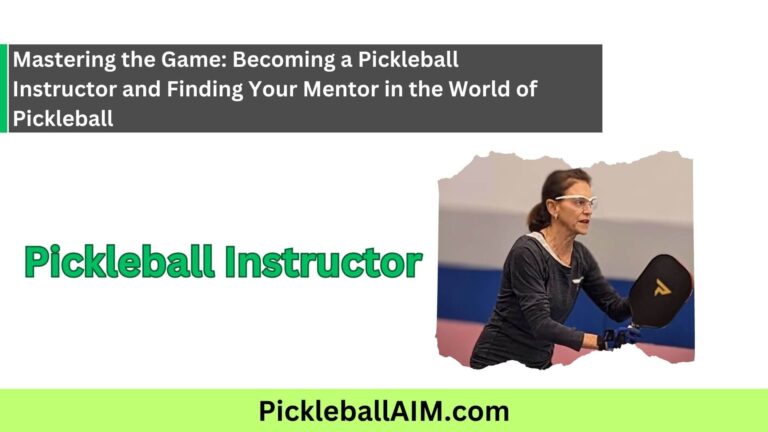
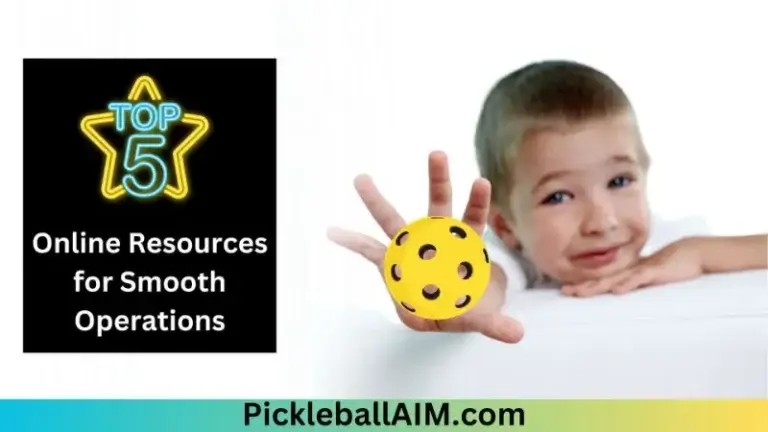

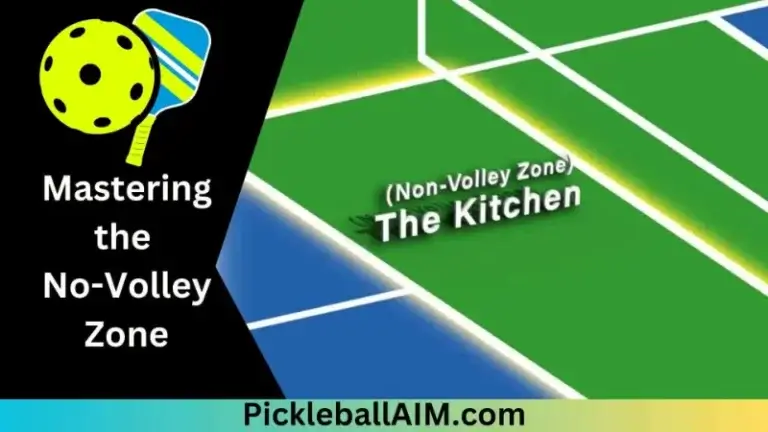
5 Comments